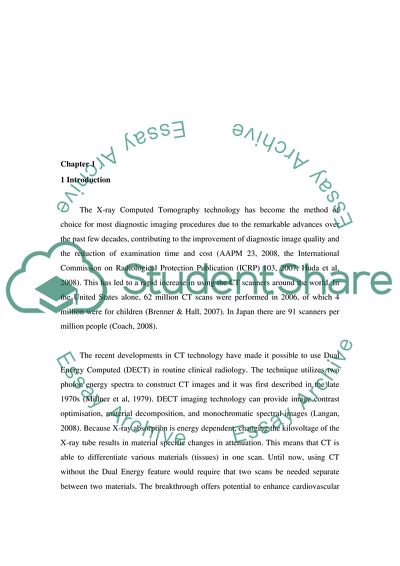Cite this document
(“Computed Tomography Dosimetry and Dose Risks Research Paper”, n.d.)
Computed Tomography Dosimetry and Dose Risks Research Paper. Retrieved from https://studentshare.org/medical-science/1741356-computed-tomography-dosimetry-and-dose-risks
Computed Tomography Dosimetry and Dose Risks Research Paper. Retrieved from https://studentshare.org/medical-science/1741356-computed-tomography-dosimetry-and-dose-risks
(Computed Tomography Dosimetry and Dose Risks Research Paper)
Computed Tomography Dosimetry and Dose Risks Research Paper. https://studentshare.org/medical-science/1741356-computed-tomography-dosimetry-and-dose-risks.
Computed Tomography Dosimetry and Dose Risks Research Paper. https://studentshare.org/medical-science/1741356-computed-tomography-dosimetry-and-dose-risks.
“Computed Tomography Dosimetry and Dose Risks Research Paper”, n.d. https://studentshare.org/medical-science/1741356-computed-tomography-dosimetry-and-dose-risks.


